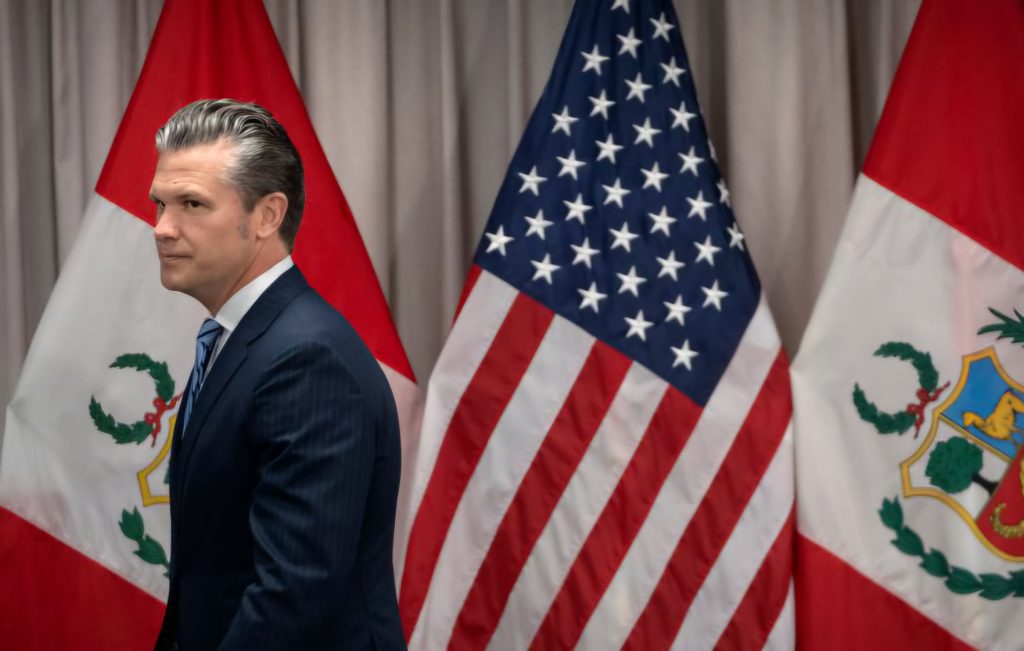In a significant move to streamline military leadership and enhance operational efficiency, U.S. Defense Secretary Pete Hegseth has mandated a 20% reduction in the number of four-star generals and admirals across active-duty forces and the National Guard. This directive is part of a broader initiative aimed at recalibrating the military’s command structure to better align with contemporary defense needs.
The restructuring plan, dubbed “Less Generals, More GIs,” also includes a 10% cut across all general and flag officer ranks. Hegseth emphasized that the objective is not punitive but is intended to eliminate redundancies and foster a more agile and responsive military hierarchy. He pointed out that during World War II, the U.S. maintained only 17 four- and five-star generals to oversee a force of 12 million, whereas today, 44 such officers command a significantly smaller force of 2.1 million.

The restructuring will unfold in two phases. The initial phase focuses on immediate reductions in top-ranking positions, while the subsequent phase involves a comprehensive review of the Unified Command Plan. Potential adjustments include consolidating U.S. European and Africa Commands and merging Northern and Southern Commands, aiming to streamline operations and reduce bureaucratic overhead.
This initiative aligns with the broader defense reform agenda under President Donald Trump’s administration, which seeks to reallocate resources from administrative functions to frontline capabilities. Earlier efforts have included the termination of $580 million in programs and $5.1 billion in IT and consulting contracts deemed non-essential.
While proponents argue that these measures will enhance strategic readiness and operational effectiveness, critics express concern over the potential politicization of the military and the impact on its apolitical nature. The decision, reportedly made without standard congressional consultation, has sparked debate among lawmakers and defense analysts.
As the Pentagon embarks on this significant transformation, the focus remains on building a leaner, more effective military force capable of addressing current and future challenges.



